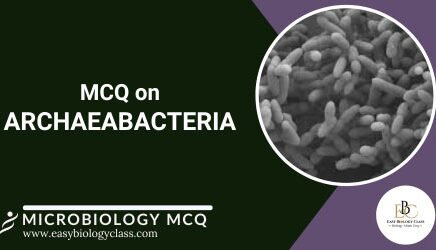
MCQ on Archaebacteria with Answers (PDF)
Archaebacteria, or archaea, are a group of single-celled microorganisms distinct from bacteria and eukaryotes. They thrive in extreme environments like hot springs, salt lakes, and […]

Archaebacteria, or archaea, are a group of single-celled microorganisms distinct from bacteria and eukaryotes. They thrive in extreme environments like hot springs, salt lakes, and […]

Bacterial conjugation is a process where one bacterium transfers genetic material to another through direct contact. A donor cell with a plasmid forms a pilus […]

Cyanobacteria and bacteria are both prokaryotic single celled microorganisms, but cyanobacteria are a specific group known as blue-green algae. The primary difference is that cyanobacteria […]

Genetic recombination is a fundamental process in the world of microbiology, playing a pivotal role in bacterial evolution and adaptation. Bacteria, despite their simple unicellular […]

Nipah virus (NiV) is a zoonotic pathogen that has caused outbreaks in several Asian countries. Nipah belongs to the genus Henipavirus. The virus was named […]

Nipah Virus: An Emerging Threat to Global Health: Nipah virus (NiV) is a zoonotic pathogen that has caused outbreaks in several Asian countries primarily in […]

Cell walls are rigid structures surrounding plant, fungal, and bacterial cells, providing support, protection, and regulating cell shape and osmotic pressure. The chemical structure and […]

Carboxysomes Learning objectives: What are Carboxysomes? Structure and Functions of Carboxysomes. Types of Carboxysomes. Applications of Carboxysomes in Biotechnology and Synthetic Biology In the previous […]

General Characteristics of Cyanobacteria / Blue Green Algae (BGA) Learning Objectives: What are Cyanobacteria or Blue Green Algae? What is Great Oxygenation Event? Cyanobacteria vs […]